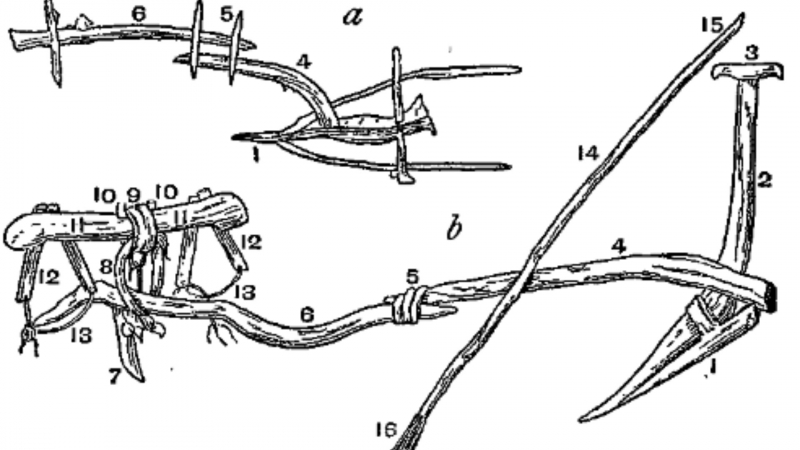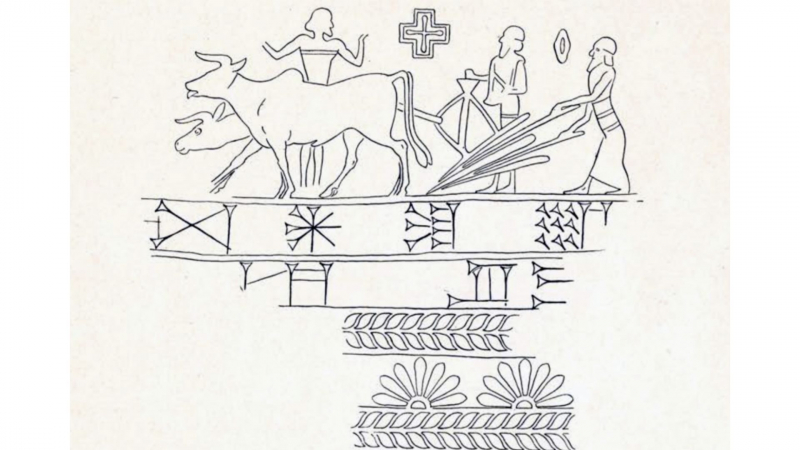Plow
A crucial piece of agricultural equipment, the plow turns the dirt. The Babylonians were the first to discover the revolutionary agrarian advancement known as the plow. The ard was the name of this early plow. It was built of wood and had poor grass traction. The hunter-gatherer tribes of Babylonia saw significant social changes as a result of the creation of the plow, which allowed them to settle in one location and rely on agriculture rather than hunting.
Around 1500 BCE, the Mesopotamian seeder plow was created. An animal (often an ox) pulled the plow while it cut a furrow in the ground. Seeds were then poured into a funnel and inserted into the furrows the plow had created. The plow assisted the Babylonians in creating an efficient technique for turning and planting enormous fields. Since the dawn of time, the plow, also written plough, has been the most crucial agricultural tool used to turn and churn soil, bury crop waste, and aid in weed management. The plow allowed early farmers to till more ground more quickly than they had previously, allowing them to produce more crops in less time.












